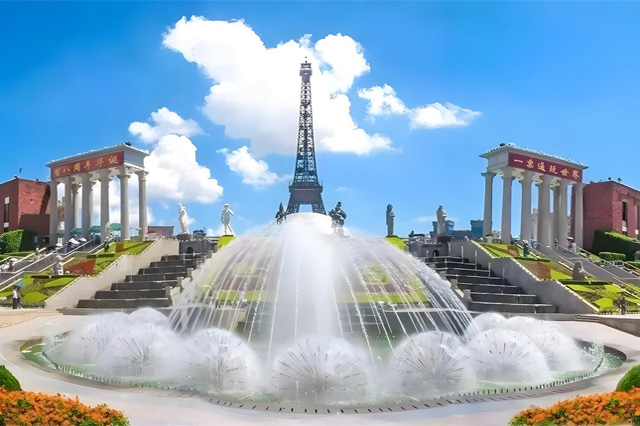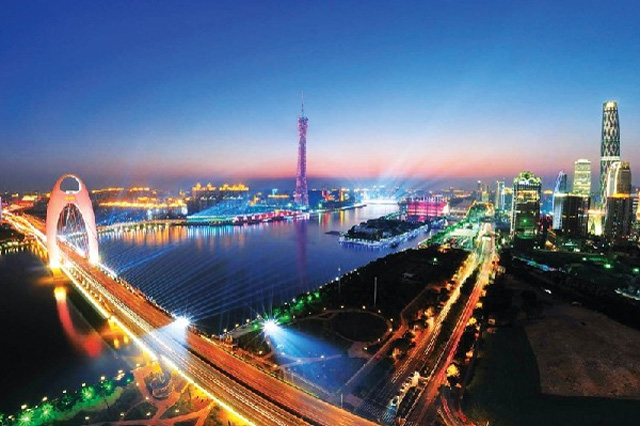May 1 travel strategy: select Beijing 5A tourist attractions, let you play around the capital!
- China Tourism
- 2025-04-21 12:19
- 266
Beijing, referred to as "Beijing", known as Yanjing and Beiping in ancient times, is the the People's Republic of China capital and municipality directly under the Central Government, China's political center, cultural center, international exchange center, scientific and technological innovation center, and one of China's famous historical and cultural cities and ancient capitals. Beijing is one of the birthplaces of the Chinese nation. It is a world-famous ancient capital and modern international city. It has gathered the excellent traditional Chinese cultural achievements since Yuan, Ming and Qing Dynasties. It has many places of interest and cultural landscapes. It is the city with the largest number of world cultural heritages in the world. Next, the editor will bring you the May Day travel strategy: select Beijing's 5A tourist attractions for you to play with the capital!
1. The Palace Museum
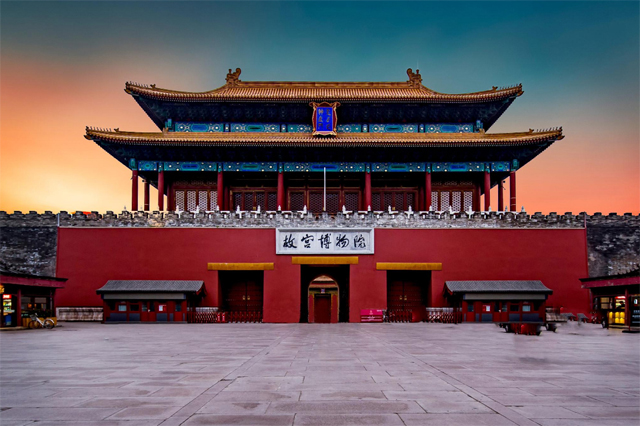
Beijing Palace Museum, located in Beijing, China, is a large-scale comprehensive museum established on the basis of the Ming and Qing palaces and their collections, which integrates ancient buildings, palace collections, and culture and art of past dynasties. The unique collection of the Palace Museum is the largest and most well-preserved wooden palace complex of the Forbidden City in the world. It is also the largest museum of ancient culture and art in China and the gathering place of excellent Chinese traditional culture.
2. Mutianyu Great Wall
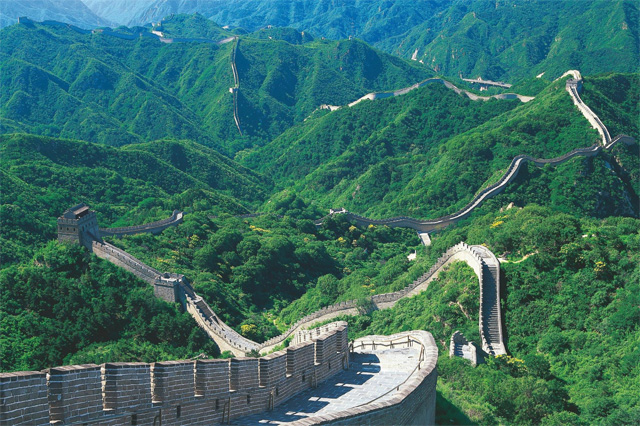
Mutianyu Great Wall, located in Mutianyu Village, Bohai Town, Huairou District, Beijing, 73 kilometers away from Beijing City, enjoys the reputation of "the Great Wall, Mutianyu is unique. The Mutianyu Great Wall, with a total length of 5400 meters, is the longest Great Wall in China and one of the 16 scenic spots in Beijing. The Mutianyu Great Wall is connected to Gubeikou in the east and Juyongguan in the west. Since ancient times, it has been the military key to defend the capital city. There are enemy buildings such as the main gate, the big turret, the eagle flying upside down, the arrow buckle, and the Beijing knot. It has profound historical value and high cultural value.
3. Summer Palace
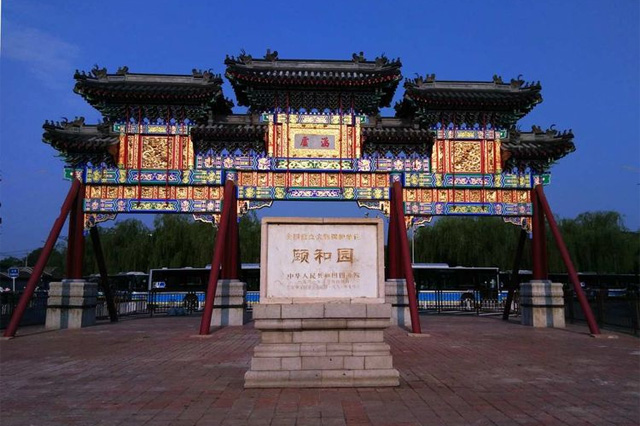
The Summer Palace, a royal garden during the Qing Dynasty in China, formerly known as Qingyi Garden, is located at No. 19, Xinjian Gongmen Road, Haidian District, western suburbs of Beijing. It uses Kunming Lake and Wanshou Mountain as the base site, takes the scenery of Hangzhou West Lake as the blueprint, and absorbs some design techniques and artistic conception of Jiangnan gardens to build a large-scale natural landscape garden. It is also the most well-preserved royal palace. It is known as the Royal Garden Museum. The Summer Palace integrates the great achievements of traditional gardening art. The surrounding landscape environment not only has the magnificent and magnificent momentum of royal gardens, but also is full of natural interest. It highly embodies the gardening principle of Chinese gardens that "although made by people, they are open from heaven.
4. Temple of Heaven Park
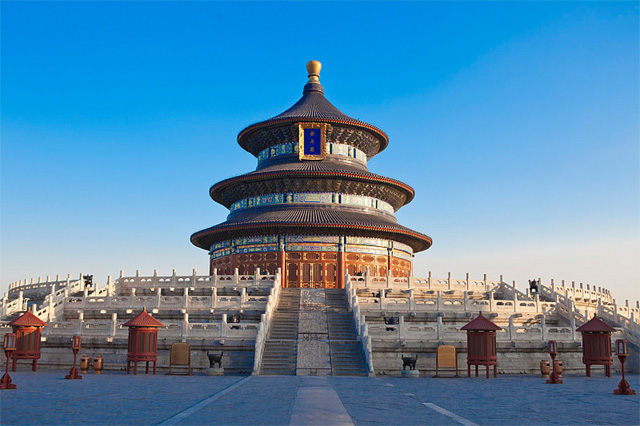
Tiantan Park, formerly known as "Tiantian Temple", is located at No. 7, Tiantan Neidongli, Dongcheng District, Beijing. It was built in the 18th year of Yongle in the Ming Dynasty (1420) and renamed "Tiantan" in the 9th year of Jiajing in the Ming Dynasty (1530). It is the place where the emperors of the Ming and Qing dynasties "worship heaven" and "praying valley" praying valley "praying valley", with a "praying area, with a, with a total area. The Temple of Heaven, which is the great achievement of the architectural skills of the Ming and Qing dynasties, is a treasure of ancient Chinese architecture and was recognized as a "World Cultural Heritage" by UNESCO in 1998 ".
5. Ming Tombs
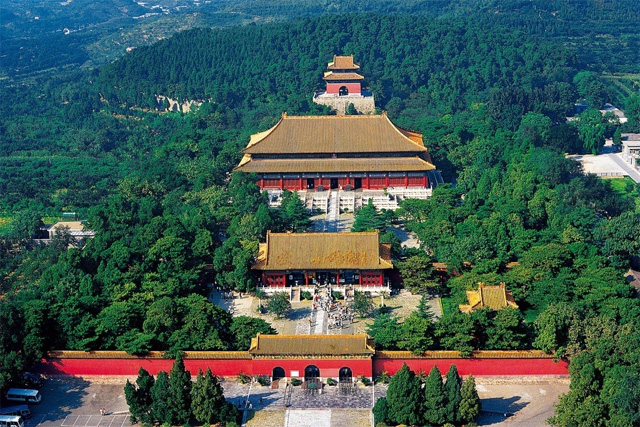
Located at the foot of Tianshou Mountain in Changping District, Beijing, the Ming Tombs are the general term for the tombs of 13 emperors of the Ming Dynasty. The mausoleum covers an area of 80 square kilometers and is the world's most well-preserved mausoleum buildings and the largest number of tombs for the burial of emperors. The construction of the Ming Tombs began in the seventh year of Yongle in the Ming Dynasty (1409) and ended in the early years of the Qing Dynasty, which lasted for more than 200 years. The location of the Ming Tombs has been carefully considered. Tianshou Mountain is regarded as a "dragon vein" place, surrounded by mountains, forming a classic four-elephant layout of "Left Qinglong, Right White Tiger, Former Vermilion Bird, and Later Xuanwu", which is in line with the ideal model in feng shui.
6. Prince Gong's Mansion
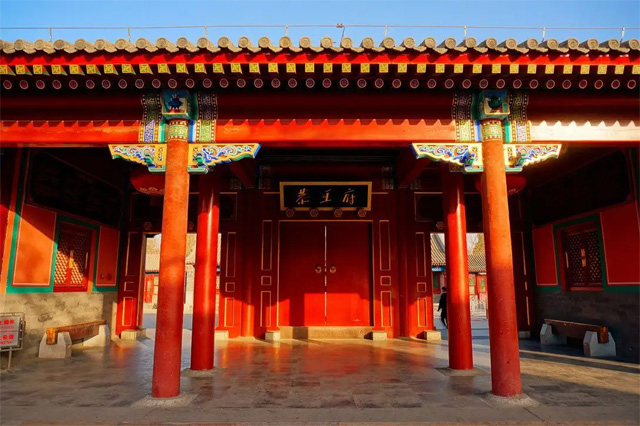
Prince Gong's Mansion is located in Qianhai West Street on the west bank of Shichahai, Xicheng District, Beijing. It is currently the most complete and only Qing Dynasty palace complex in Beijing that is open to the society. Prince Gong's Mansion was built in the 41st year of Qianlong of the Qing Dynasty (1776). Minister He Shen, Princess Gu Lun and Xiao of the Qing Dynasty, Prince Yong Lin of Qing Dynasty, Prince Gong Yi, etc. successively became the masters here. By the time Xuantong abdicated, Prince Gong's Mansion had gone through the reign of 7 emperors and witnessed the entire historical process of the Qing Dynasty from victory to decline. Therefore, there is a saying that "one Prince Gong's Mansion, half of the history of the Qing Dynasty.
7. Beijing Olympic Park
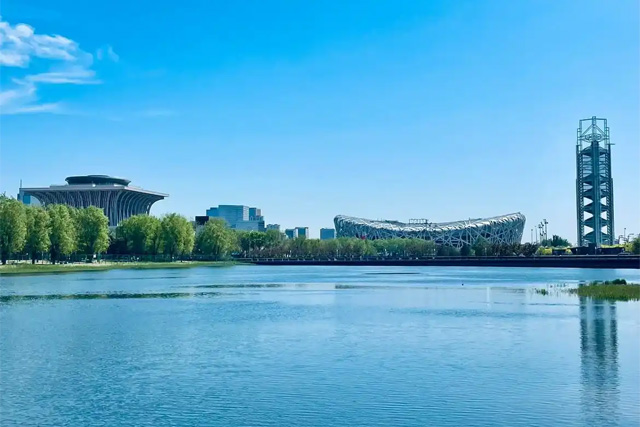
Beijing Olympic Park, located at No. 15 Beichen East Road, Chaoyang District, Beijing, embodies the three concepts of "science and technology, green and humanities". It is a new urban area that integrates the functions of office, commerce, hotel, culture, sports, conference and residence. The Beijing Olympic Park covers a total area of 11.59 square kilometers and is divided into three areas. The forest park is in the north, the main venues and supporting facilities are in the middle, and the completed venues and reserved areas are in the south. The Olympic Park is an extension of the city's traditional central axis, which means the continuation of Chinese history and culture.
8. Yuanmingyuan Ruins Park
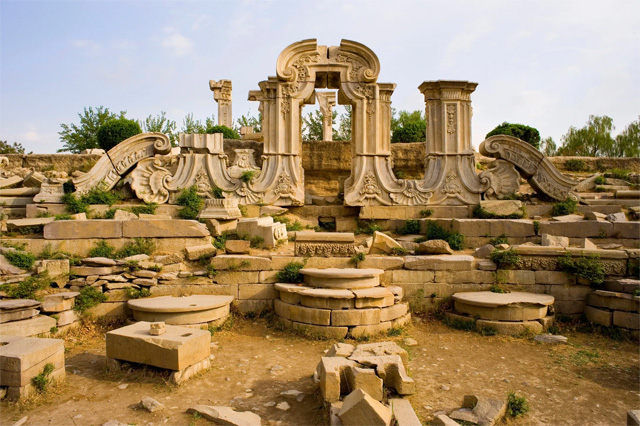
The Yuanmingyuan site, located at No. 28, Qinghua West Road, Haidian District, Beijing, is a themed park built on the Yuanmingyuan site. It is a famous cultural relic site tourist attraction in the suburbs of Beijing. The Old Summer Palace was built in the 46th year of Kangxi (1707). It is a large-scale royal palace created and operated by the emperors of the six dynasties of Kangxi, Yongzheng, Qianlong, Jiaqing, Daiguang, and Xianfeng in the Qing Dynasty for more than 150 years. The imperial garden of politics and recreation. Yuanmingyuan Ruins Park is composed of Yuanmingyuan, Changchun Garden and Qichun Garden, and is known as the "Garden of Ten Thousand Gardens".
9. Grand Canal Cultural Tourism Scenic Area
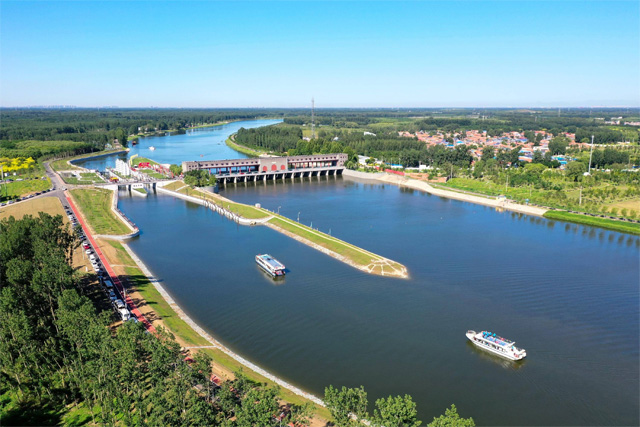
Beijing (Tongzhou) Grand Canal Cultural Tourism Scenic spot will integrate the three core scenic spots of "three temples and one Tower", Canal Park and Grand Canal Forest Park. In the future, it will radiate the cultural and tourism resources along the North Canal, such as the Urban Green Heart Forest Park, Universal Studios theme Park, the ancient city of Luxian County, Tongzhou Ancient Town, Zhangjiawan Ancient Town, Xihaizi Park, and so on. In the future, the scenic spot will recreate the magnificent scenery of the canal, which used to be a bright pearl on the cultural belt of the Grand Canal and a new model of Beijing scenic spot in the era of cultural and tourism integration.
This article is edited and published by Journey Mark. If you have any questions, please feel free to contact us at any time.
Article Link:https://www.topvvv.com/en/China/106.html

